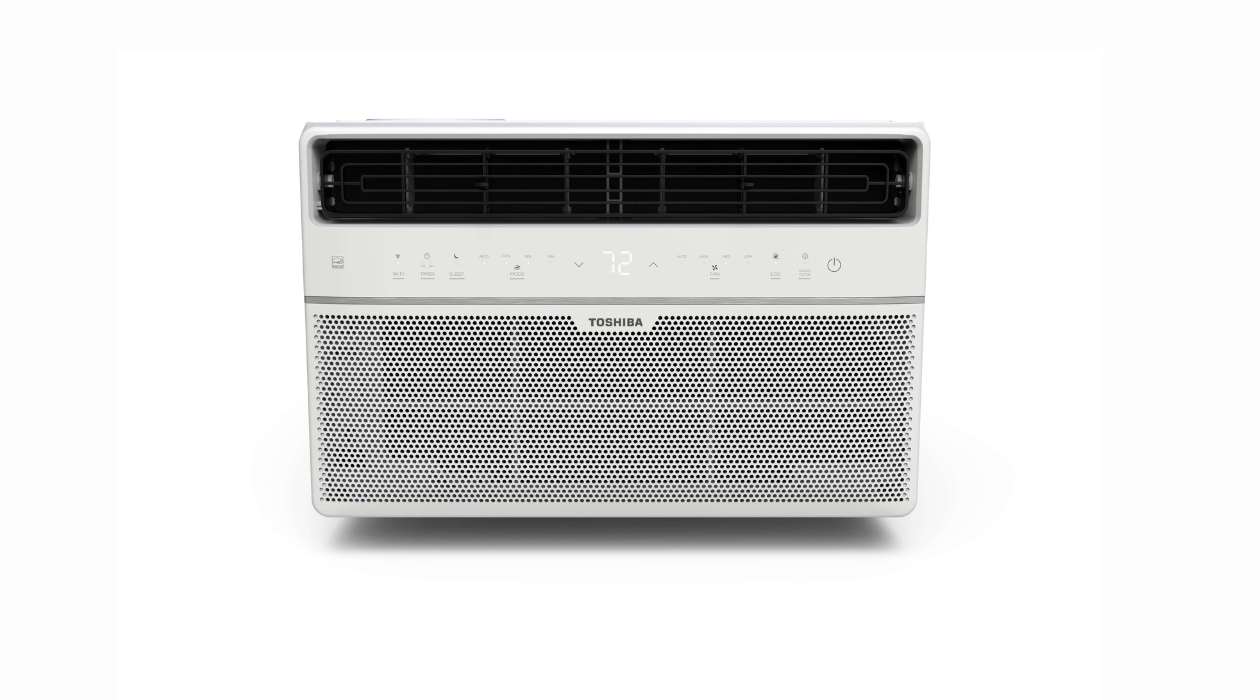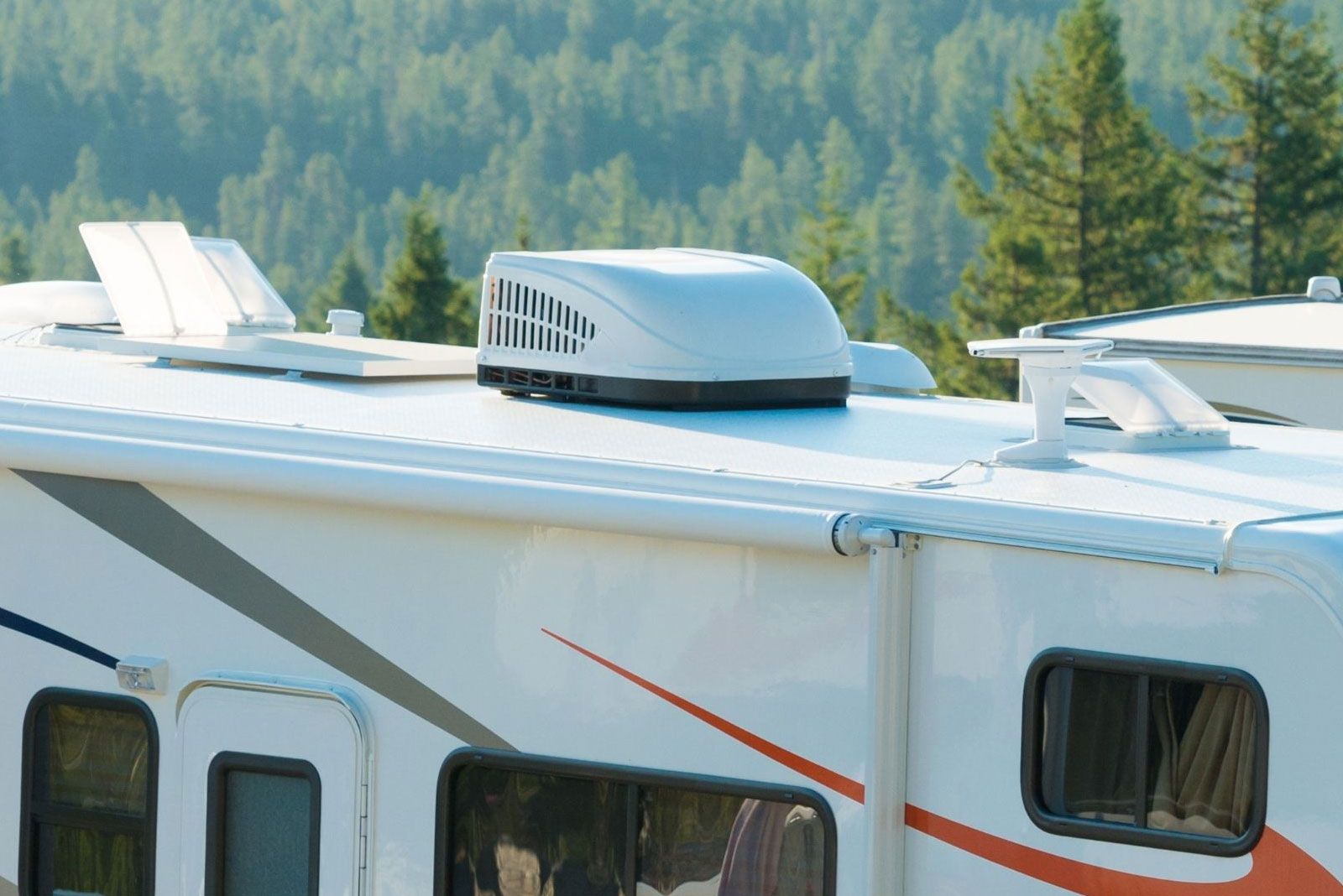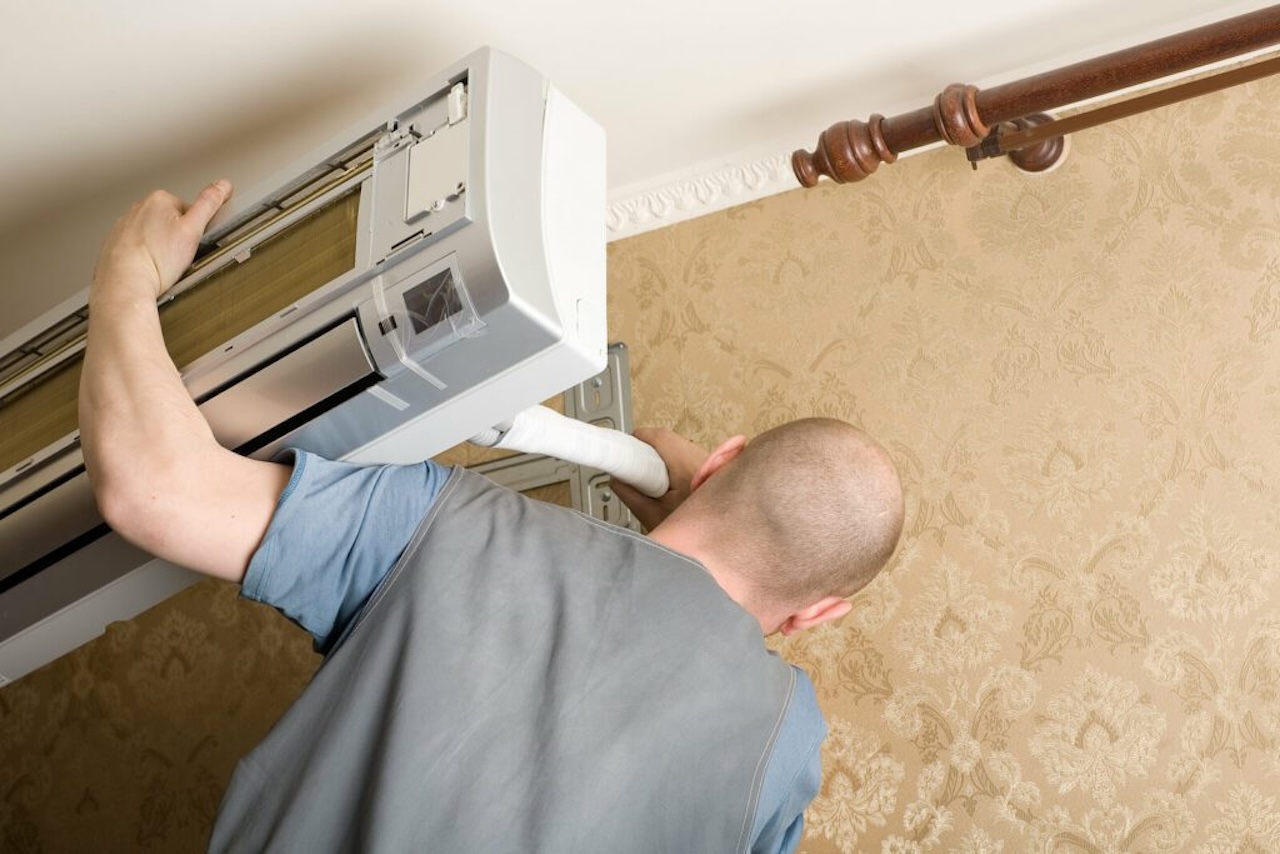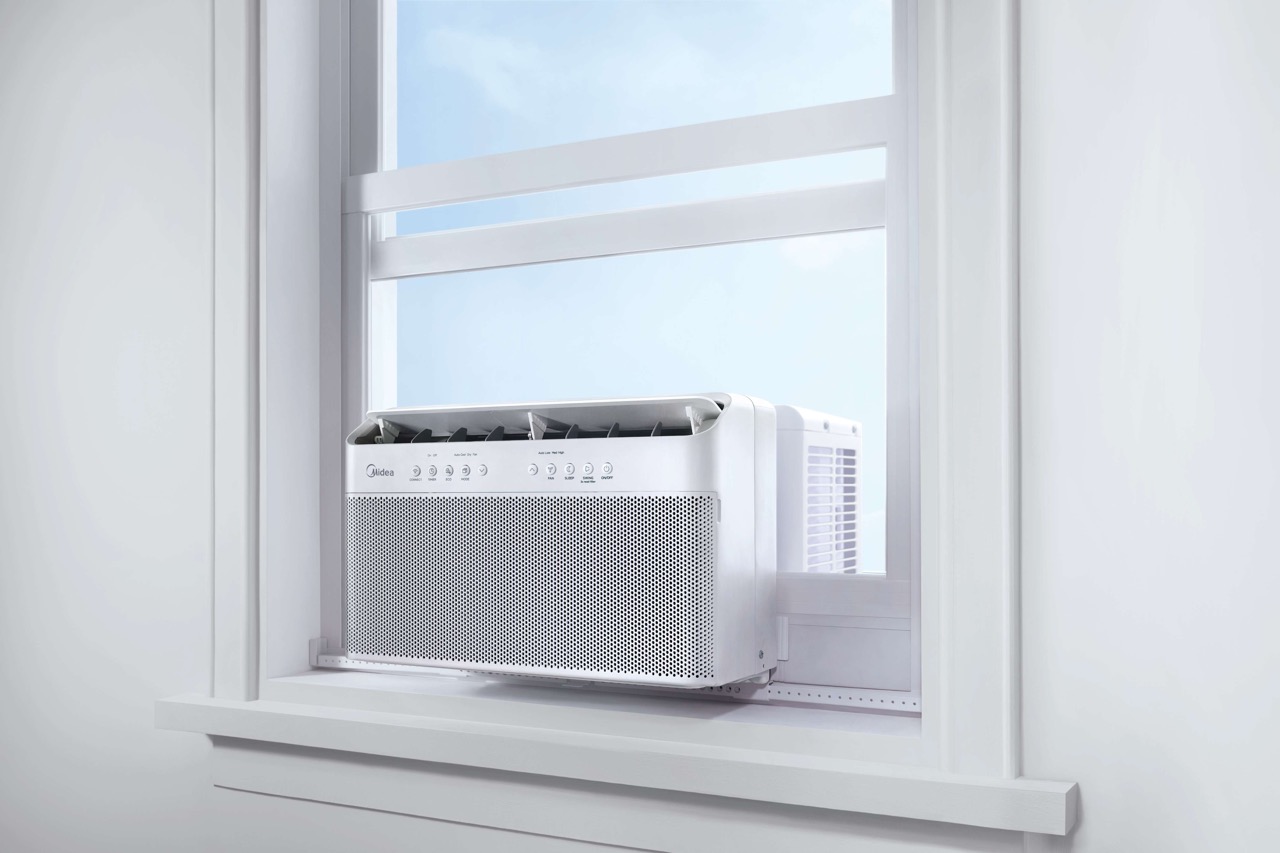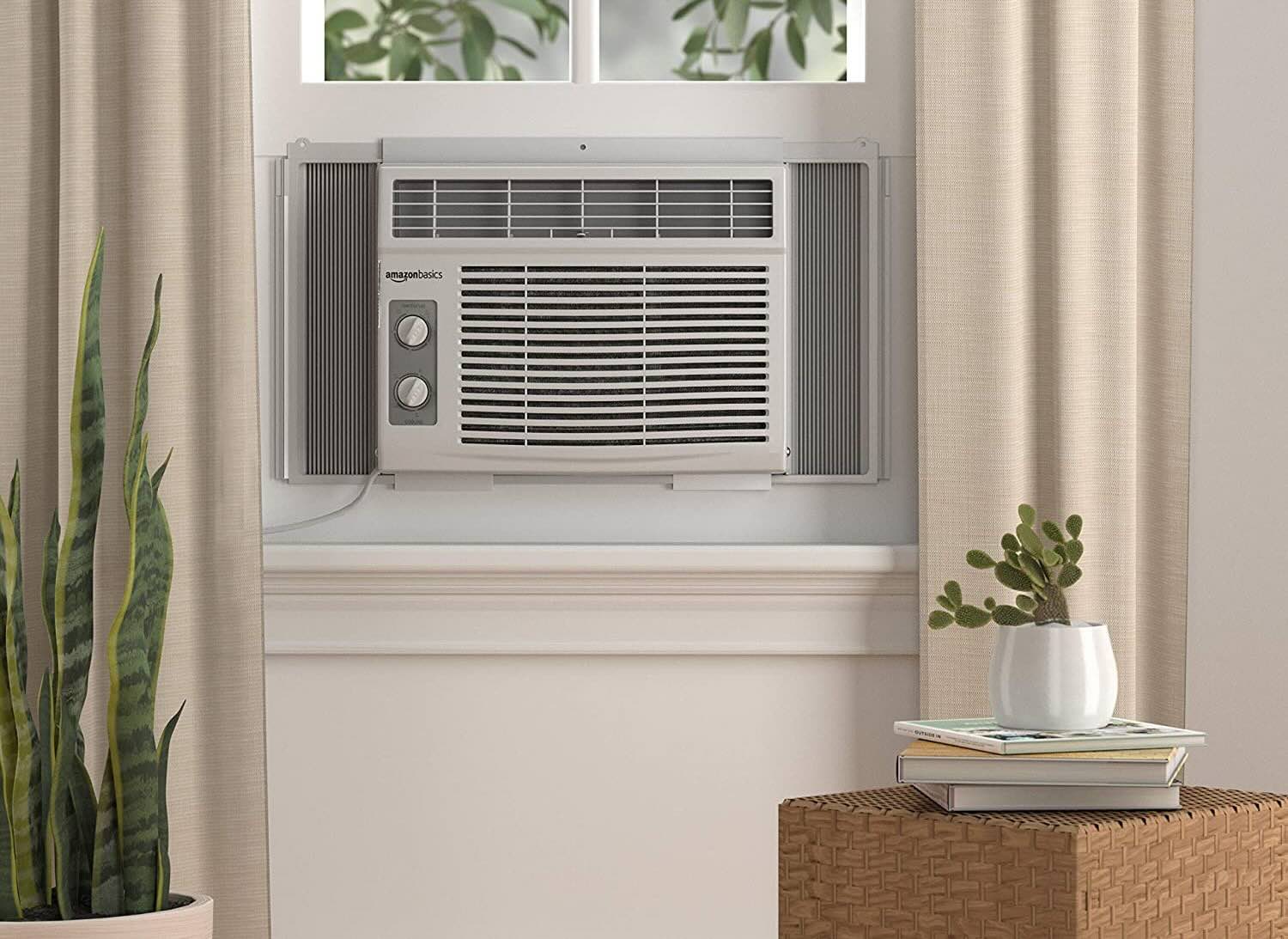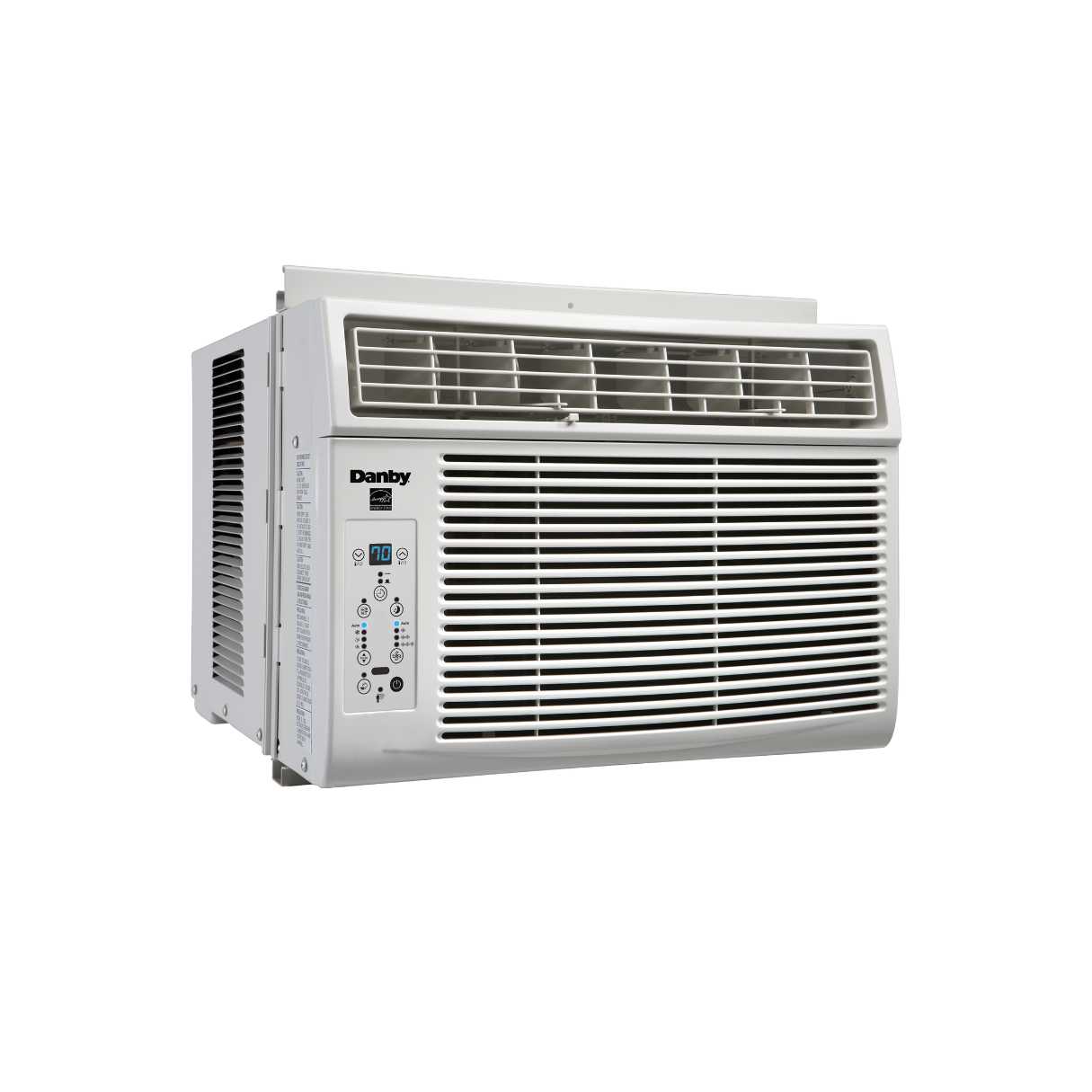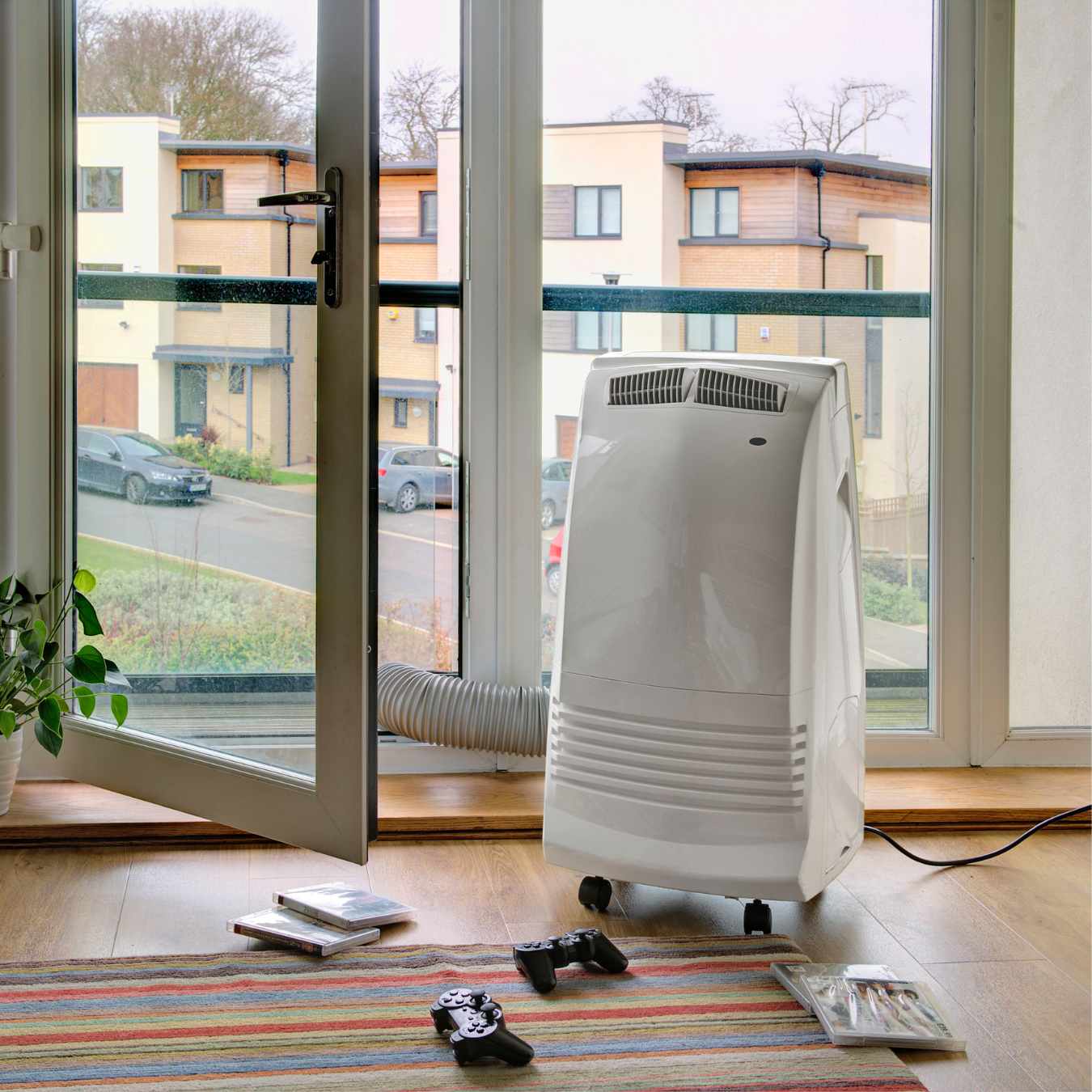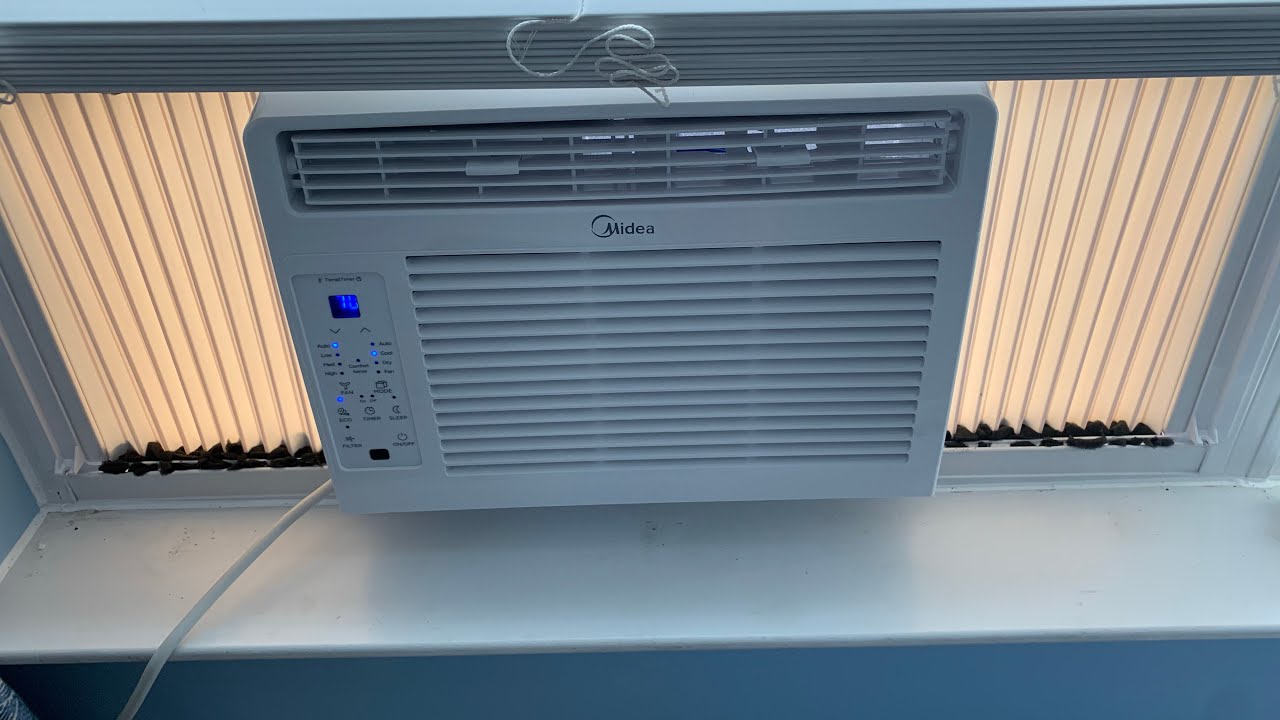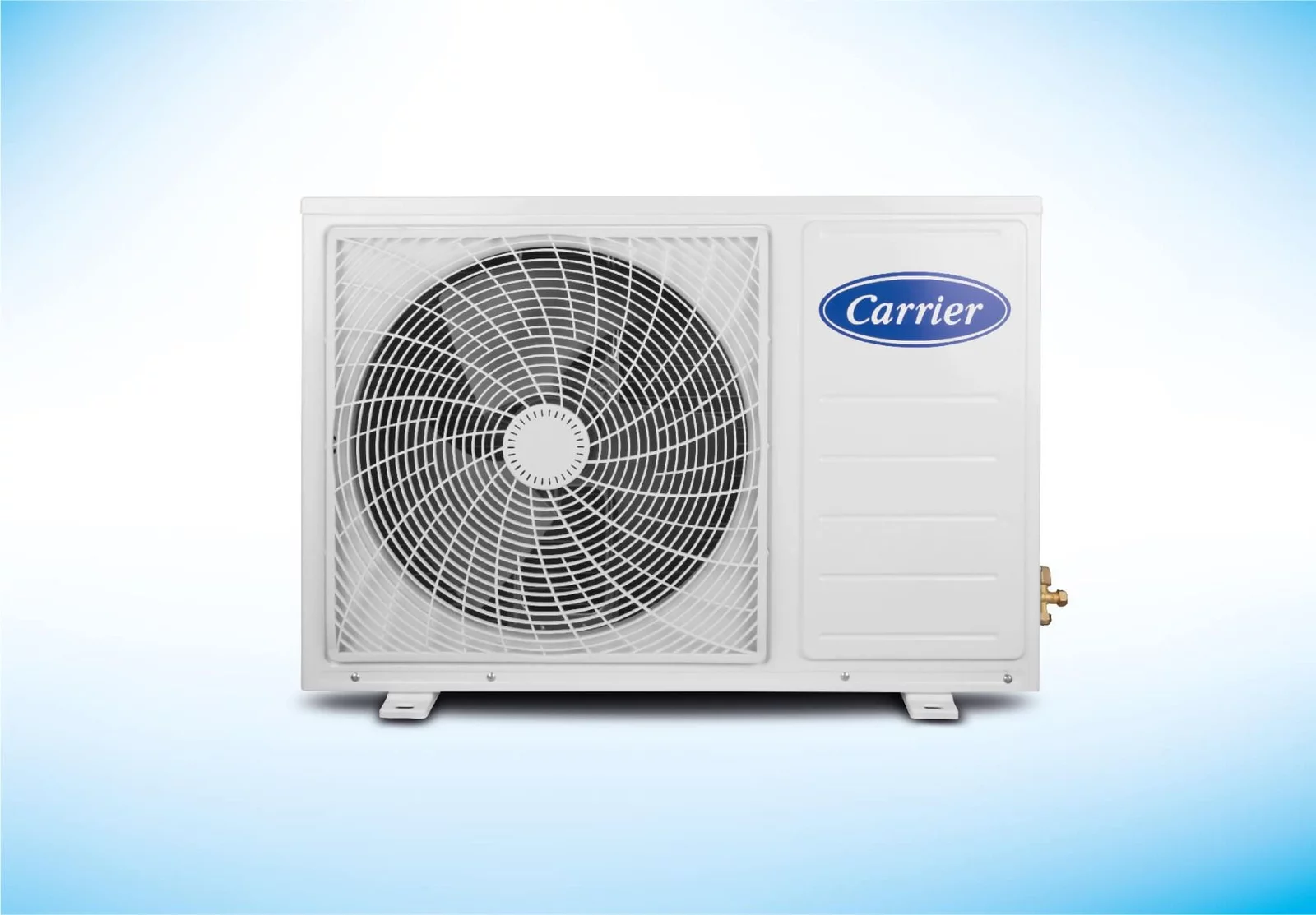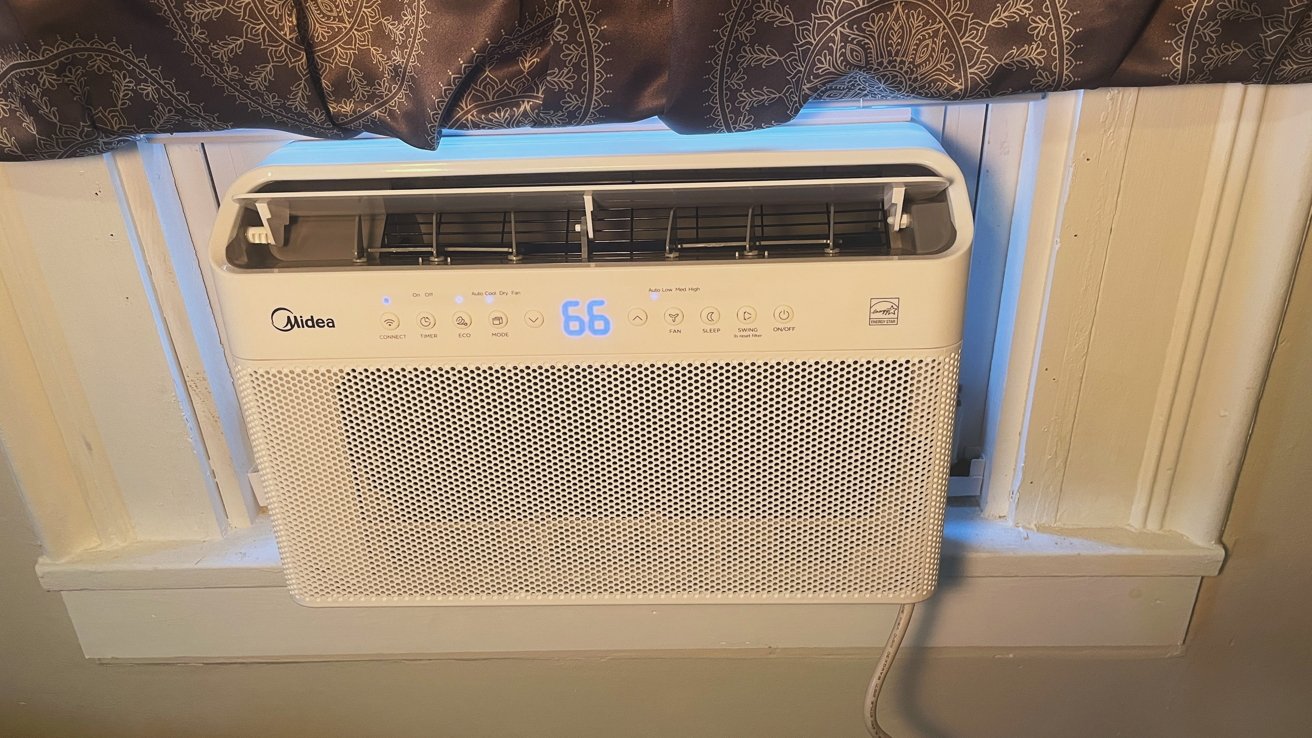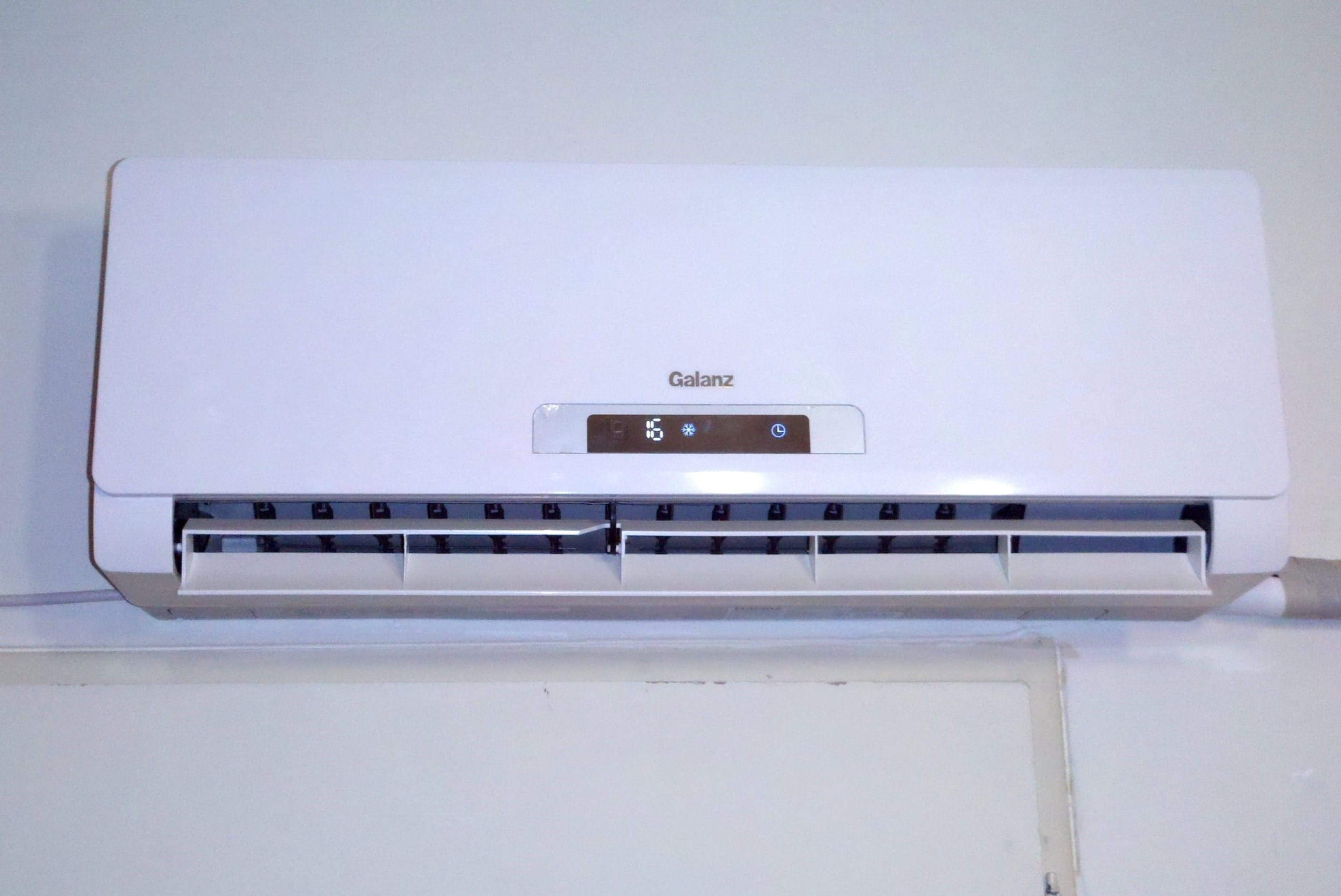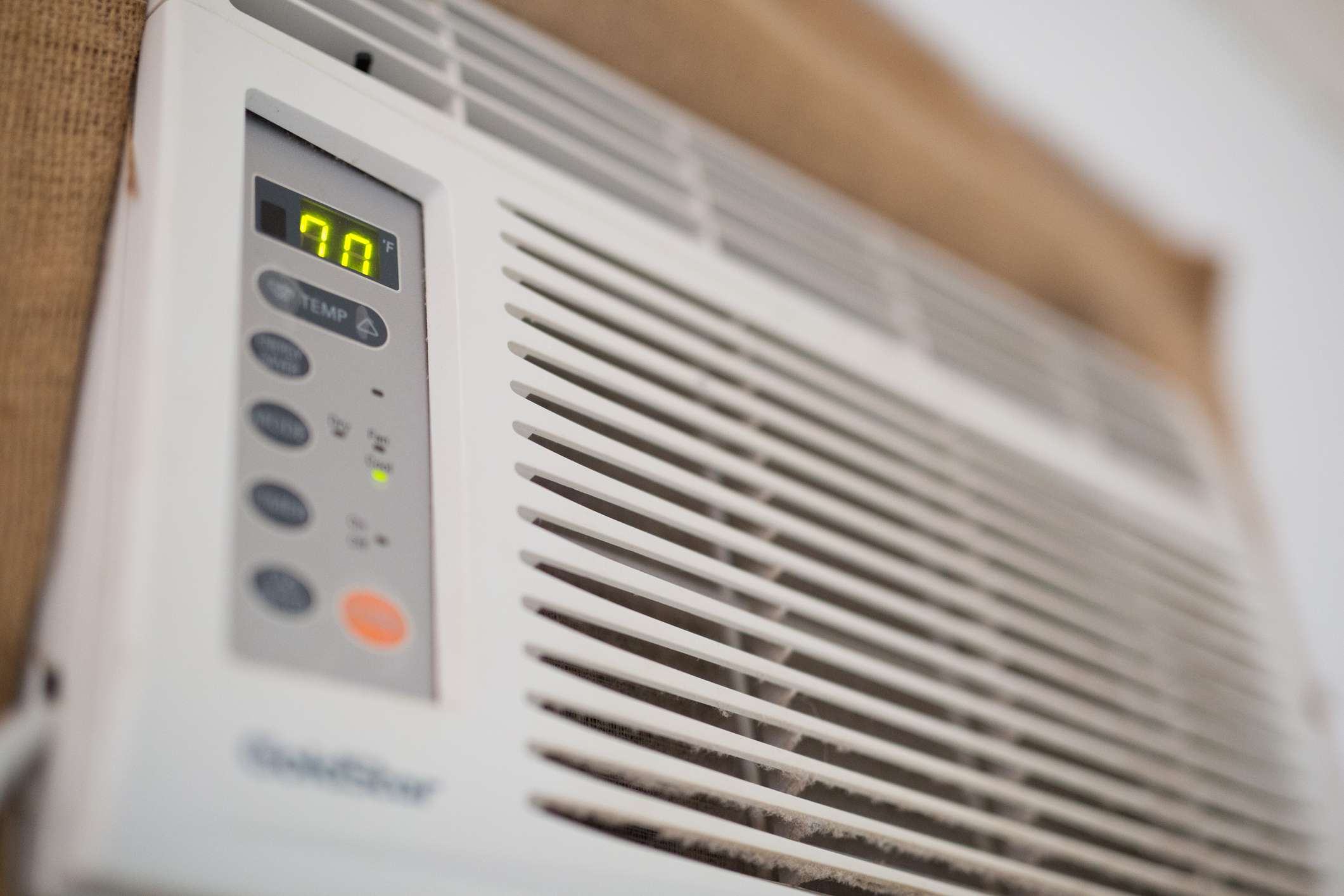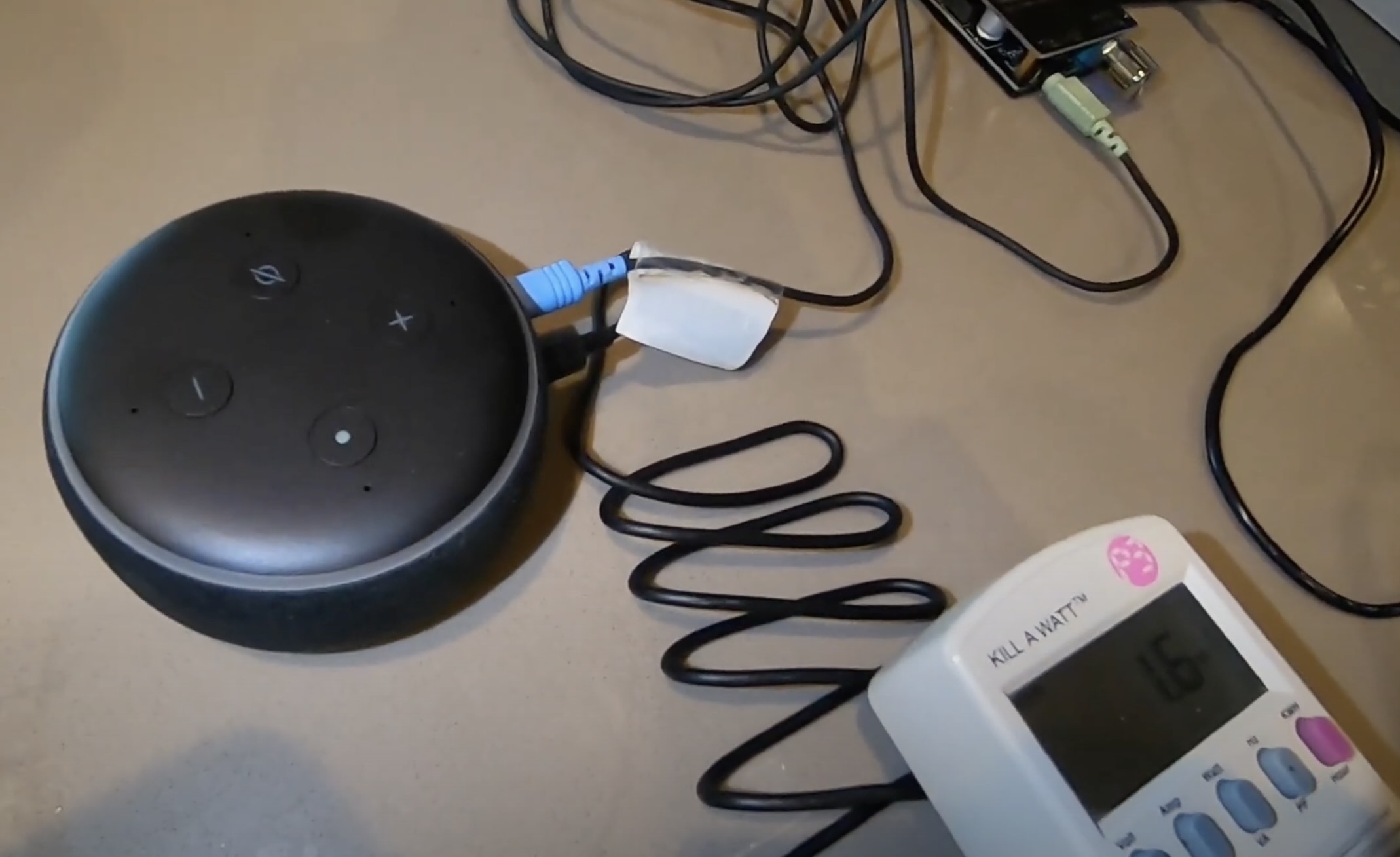Home>Home Maintenance>How Many Amps Does A 5000 Btu Air Conditioner Use
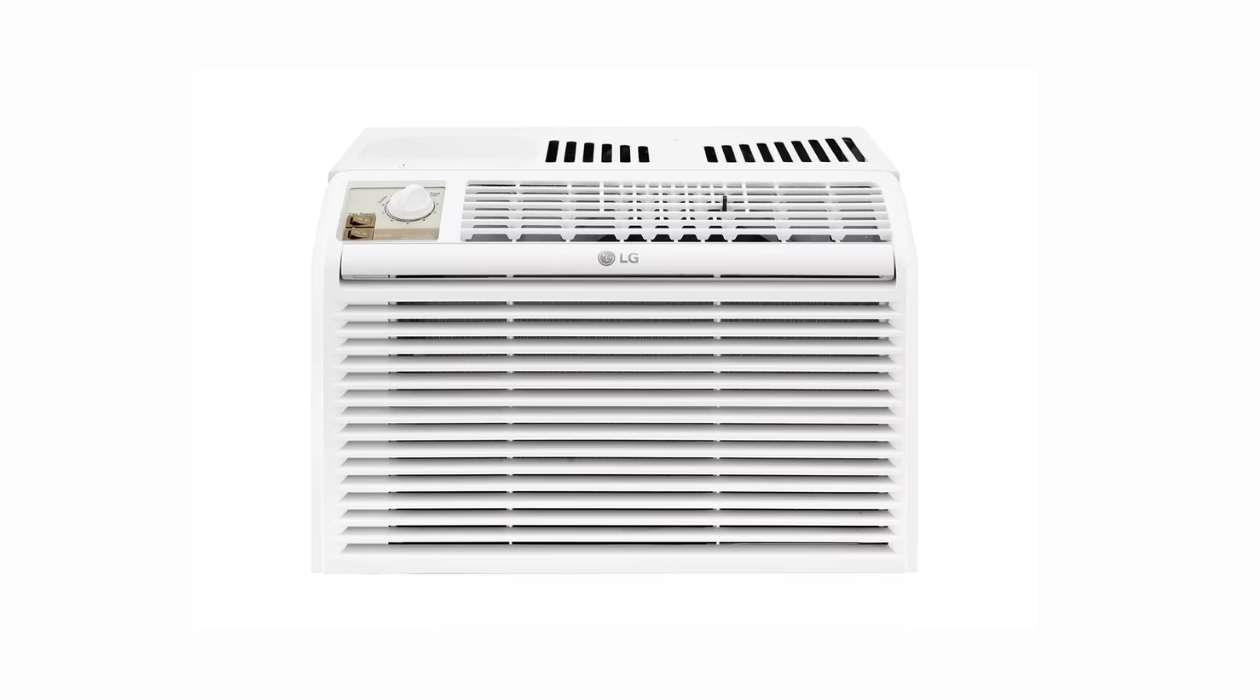

Home Maintenance
How Many Amps Does A 5000 Btu Air Conditioner Use
Modified: May 6, 2024
Find out the power consumption of a 5000 BTU air conditioner in terms of amps at your home. Discover energy-efficient home maintenance tips.
(Many of the links in this article redirect to a specific reviewed product. Your purchase of these products through affiliate links helps to generate commission for Storables.com, at no extra cost. Learn more)
Introduction
Welcome to our comprehensive guide on understanding the amp usage of a 5000 BTU air conditioner. If you’re considering purchasing or already own a 5000 BTU air conditioner, it’s important to understand how many amps it consumes. This knowledge will not only help you plan your electrical setup but also help you save on energy costs.
Before we dive into the specifics of amp usage, let’s briefly touch on the concept of BTU (British Thermal Units). BTU is a measurement used to determine the cooling capacity of an air conditioner. A higher BTU rating indicates a more powerful unit capable of cooling larger spaces. A 5000 BTU air conditioner, for example, is typically used to cool small rooms such as bedrooms, home offices, or studio apartments.
The amp usage of an air conditioner is an important consideration because it directly impacts how much electricity it consumes. Amps (short for amperes) are a unit of electrical current measuring the rate of flow of electric charge. Understanding the amp usage of your air conditioner will help you determine if your electrical system can handle the load and if any modifications are required.
In the following sections, we will explore the factors that affect the amp usage of a 5000 BTU air conditioner, provide estimates for amp consumption, and share tips on reducing energy consumption. By the end of this guide, you’ll have a clear understanding of the electrical requirements of a 5000 BTU air conditioner and how to optimize its energy efficiency.
Key Takeaways:
- Amp usage of a 5000 BTU air conditioner can vary from 4 to 6 amps. Factors like efficiency rating, cooling settings, and room size influence energy consumption. Understanding these factors helps optimize energy efficiency.
- To reduce amp consumption, set optimal temperatures, use energy-saving modes, ensure proper insulation, clean air filters, utilize fans, minimize heat sources, and maintain your air conditioner. These practices lead to energy savings and eco-friendly cooling.
Understanding BTU and Air Conditioner Amps
Before we dive into the specifics of amp usage in a 5000 BTU air conditioner, let’s further explore the concepts of BTU and how they relate to air conditioner performance.
As mentioned earlier, BTU stands for British Thermal Units and is a unit of measurement used to calculate the heat energy an air conditioner can remove from a space. In simple terms, the higher the BTU rating, the more heat the air conditioner can remove and the larger space it can effectively cool.
When it comes to air conditioner amps, it refers to the electrical current drawn by the unit. Amps, or amperes, are a measure of electrical current, indicating the rate at which electric charge flows through a circuit. Understanding the amp usage of your air conditioner is crucial for a few reasons:
- Electrical Load: Knowing the amp usage helps you determine if your electrical system can handle the air conditioner’s power requirements. It ensures that you don’t overload circuits or cause electrical issues.
- Energy Consumption: Amp usage directly correlates to the amount of electricity consumed by the air conditioner. By understanding the amp rating, you can estimate the energy costs associated with running the unit.
- Efficiency Considerations: Different air conditioners have varying amp ratings, even for the same BTU capacity. Understanding these ratings allows you to compare and choose models that are energy efficient.
When it comes to a 5000 BTU air conditioner, the amp usage can vary. The specific model, brand, and additional features can influence the amp rating. It’s important to refer to the manufacturer’s specifications to know the precise amp requirements for your particular air conditioner model.
In the next section, we will explore the factors that affect the amp usage of a 5000 BTU air conditioner, helping you gain a deeper understanding of what impacts its energy consumption.
Factors Affecting Amp Usage in a 5000 BTU Air Conditioner
Several factors can affect the amp usage of a 5000 BTU air conditioner. Understanding these factors will help you better estimate the electrical load and energy consumption of your unit. Let’s take a closer look at the key factors:
- Efficiency Rating: Air conditioners come with an efficiency rating, commonly known as SEER (Seasonal Energy Efficiency Ratio). A higher SEER rating indicates a more energy-efficient unit. Air conditioners with higher SEER ratings typically consume fewer amps, helping you save on electricity costs.
- Cooling Settings: The temperature at which you set your air conditioner significantly impacts its amp usage. Lower temperature settings require the air conditioner to work harder and consume more energy. Setting the thermostat to an optimal temperature can help regulate energy usage and maintain a comfortable indoor environment.
- Insulation and Room Size: The insulation of your room affects how efficiently your air conditioner operates. Well-insulated rooms retain cool air more effectively, reducing the workload on the air conditioner. Additionally, the size of the room influences the amp usage. A larger room may require the air conditioner to run for longer periods, increasing energy consumption.
- External Temperature: The ambient temperature outside can impact the amp usage of your air conditioner. Hotter temperatures require the unit to work harder to cool the room, leading to higher amp consumption. The climate in which you live plays a role in determining the energy requirements of your air conditioner.
- Air Conditioner Maintenance: Regular maintenance of your air conditioner ensures optimal performance and energy efficiency. Dirty filters, clogged condenser coils, or blocked airflow can make the unit work harder and draw more amps. Keeping your air conditioner clean and well-maintained can help reduce energy consumption.
Keep in mind that these factors interact with each other, and their combined effect determines the overall amp usage of your 5000 BTU air conditioner. Understanding these influences will allow you to make informed decisions about the operation and optimization of your air conditioning unit.
In the next section, we will discuss how to estimate the amp usage of a 5000 BTU air conditioner, helping you determine its electrical requirements more accurately.
A 5000 BTU air conditioner typically uses around 5 amps. To find the exact amperage, divide the BTU by 1000 and then divide by 2.
Estimating Amp Usage of a 5000 BTU Air Conditioner
Estimating the amp usage of a 5000 BTU air conditioner involves understanding the electrical requirements of the unit and considering its operating conditions. While the amp rating can vary depending on the specific model and brand, we can provide a general estimation to give you a better idea of what to expect.
On average, a 5000 BTU air conditioner consumes around 4 to 6 amps. However, it’s important to note that this is a rough estimate and can vary based on factors such as the efficiency rating, cooling settings, room size, insulation, and external temperature.
To get a more accurate estimate of the amp usage of your specific air conditioner model, refer to the product manual or specifications provided by the manufacturer. These documents typically include the precise amp requirements for the unit.
Additionally, you can use an ammeter or a wattmeter to measure the actual amp usage of your air conditioner. This will give you real-time data on your specific unit’s electrical consumption.
It’s worth noting that the amp usage may fluctuate during the operation of the air conditioner. The initial starting amps might be higher than the average running amps. This temporary increase accounts for the extra power needed to start the compressor and gets the cooling process underway.
By estimating the amp usage of your 5000 BTU air conditioner, you can ensure that your electrical system is capable of handling the load and plan accordingly if any modifications are required.
In the next section, we will provide some tips on how to reduce amp consumption and make your 5000 BTU air conditioner more energy-efficient.
Tips for Reducing Amp Consumption in a 5000 BTU Air Conditioner
Reducing amp consumption in your 5000 BTU air conditioner not only helps lower your energy bills but also promotes energy efficiency. Here are some tips to help you optimize the operation of your air conditioner and minimize amp usage:
- Set Optimal Temperature: Avoid setting the temperature lower than necessary. Each degree lower requires your air conditioner to work harder and consume more amps. Find a comfortable temperature that balances energy efficiency and comfort.
- Use Energy-Saving Mode: Many air conditioners come with energy-saving modes that automatically adjust the cooling level to maintain a consistent temperature while using fewer amps. Enable this mode to maximize efficiency.
- Proper Insulation: Ensure that your room is properly insulated to minimize heat exchange with the outside. Well-insulated spaces retain cool air more effectively, allowing your air conditioner to run for shorter durations and consume fewer amps.
- Clean Air Filters Regularly: Dirty air filters restrict airflow, making your air conditioner work harder to circulate cool air. Clean or replace the filters regularly to maintain optimum airflow and reduce amp consumption.
- Utilize Fans: Use ceiling fans or portable fans to enhance air circulation in the room. Fans create a wind-chill effect, making you feel cooler without relying solely on your air conditioner. This allows you to raise the thermostat temperature and save on amp usage.
- Avoid Heat Sources: Minimize the use of heat-generating appliances or switch them off when not in use. Appliances like ovens, stoves, and drying machines can increase the room’s temperature, causing your air conditioner to work harder and use more amps.
- Maintain Your Air Conditioner: Regular maintenance is essential for optimal performance. Clean the condenser coils, remove debris from the outdoor unit, and ensure that there are no obstructions to airflow. A well-maintained air conditioner operates more efficiently and consumes fewer amps.
Implementing these tips will help you reduce the amp consumption of your 5000 BTU air conditioner, ultimately leading to energy savings and a more eco-friendly cooling solution.
Before we conclude, let’s recap what we’ve covered so far.
Conclusion
Understanding the amp usage of a 5000 BTU air conditioner is important for both practical and financial reasons. By knowing the electrical requirements of your air conditioner, you can ensure that your electrical system can handle the load and make any necessary modifications. Additionally, estimating the amp usage helps you estimate energy costs and make informed decisions about energy efficiency.
Throughout this guide, we’ve covered the key concepts of BTU and air conditioner amps, the factors affecting amp usage in a 5000 BTU air conditioner, and provided tips for reducing amp consumption. By considering factors such as efficiency ratings, cooling settings, insulation, and external temperature, you can optimize the performance of your air conditioner and minimize energy consumption.
Remember to refer to your air conditioner’s manufacturer specifications to obtain precise amp requirements for your specific model. Regular maintenance and cleaning of your air conditioner, as well as implementing energy-saving practices like utilizing fans and setting optimal temperatures, can further enhance energy efficiency.
By implementing these tips and understanding the electrical requirements of your 5000 BTU air conditioner, you can enjoy a cool and comfortable space while also being mindful of your energy consumption and environmental impact.
We hope this comprehensive guide has provided valuable insights into amp usage in a 5000 BTU air conditioner and empowered you to make informed decisions about your home cooling needs.
Stay cool and energy-conscious!
Curious about upgrading your cooling system? Dive into our latest review where we’ve rounded up impressive 5000 BTU air conditioners set to hit the market in 2024. Whether you're aiming to boost efficiency or simply spruce up your space, this guide lays out practical choices that promise comfort and savings. Don't miss out on finding the perfect fit for your home!
Frequently Asked Questions about How Many Amps Does A 5000 Btu Air Conditioner Use
Was this page helpful?
At Storables.com, we guarantee accurate and reliable information. Our content, validated by Expert Board Contributors, is crafted following stringent Editorial Policies. We're committed to providing you with well-researched, expert-backed insights for all your informational needs.
